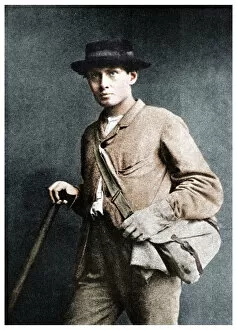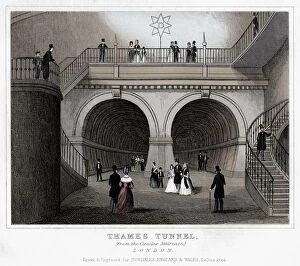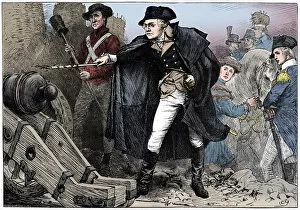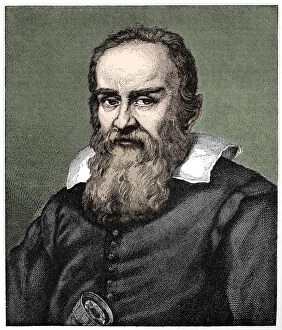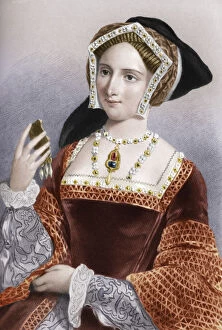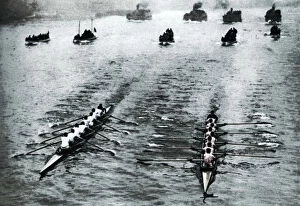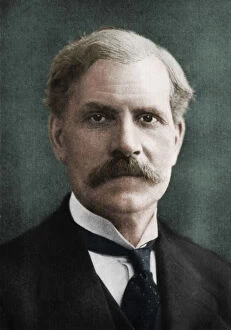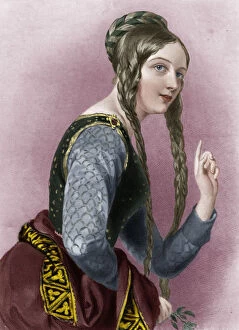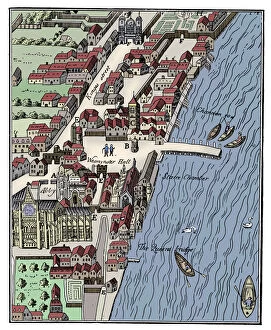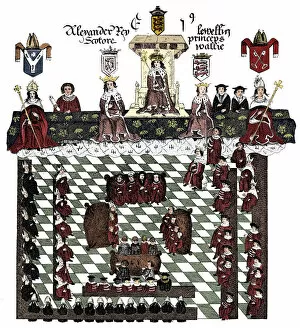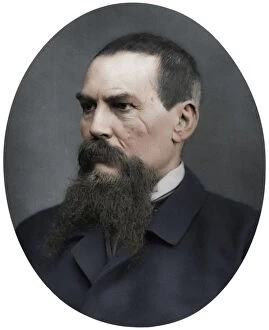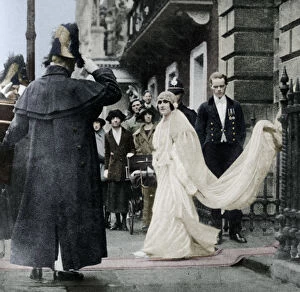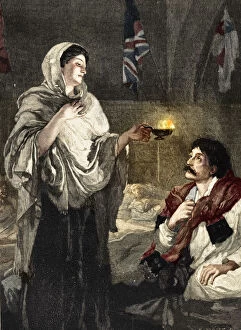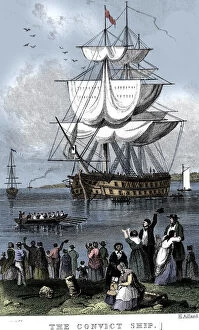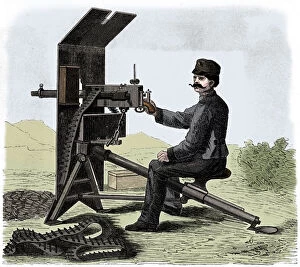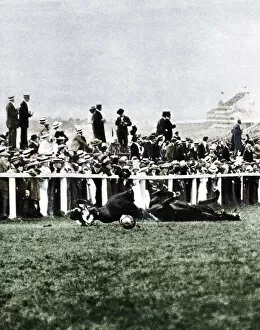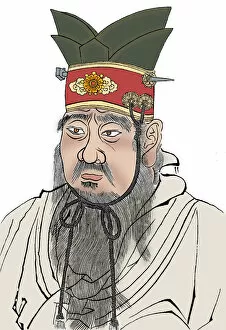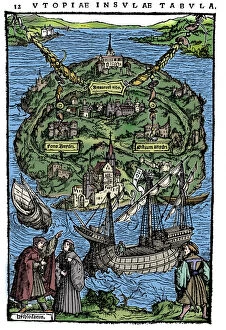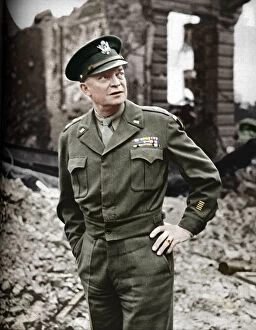Colorised Collection (#12)
"Capturing History in Vibrant Hues
For sale as Licensed Images
Choose your image, Select your licence and Download the media
"Capturing History in Vibrant Hues: A Glimpse into Colorised Moments" Queen Elizabeth II and the Duke of Edinburgh radiate regal splendor on their coronation day at Buckingham Palace, 1953. Witnessing the majestic Armada from Plymouth Hoe in 1880 (1911), artist John Seymour Lucas brings history to life with his vivid brushstrokes. HM Queen Elizabeth II graces her Coronation with her Maids of Honour, an enchanting tableau painted by Cecil Beaton on June 2nd, 1953. Step into a thrilling fencing match between Mademoiselle La Chevaliere D Eon De Beaumont and Monsieur De Saint George in the year 17 - Victor Marie Picot's artistry captures every intense movement. "Off with her head. " echoes through time as Alice confronts the Red Queen in this whimsical scene brought to life by John Tenniel's imagination in 1889. Sir Christopher Wren, renowned English architect, stands tall and proud amidst his architectural marvels - a captivating portrait from around 1680 that showcases his genius. The Supermarine Spitfire Mk Vb soars through the skies of World War II, its iconic silhouette captured beautifully by Chas Brown's skilled hand in 1941. Peering down mischievously, the Cheshire Cat observes an argument between the Red King and Queen - John Tenniel's illustration adds a touch of wonder to Lewis Carroll's tale in 1889. Enter Wonderland's Court where chaos reigns as depicted by John Tenniel - The King and Queen of Hearts preside over a topsy-turvy world filled with absurdity and charm (1889). Newton & Co immortalizes two legendary figures – Wellington and Nelson – who shaped Britain’s military might during the early 19th century, their valor forever captured in this masterpiece.


